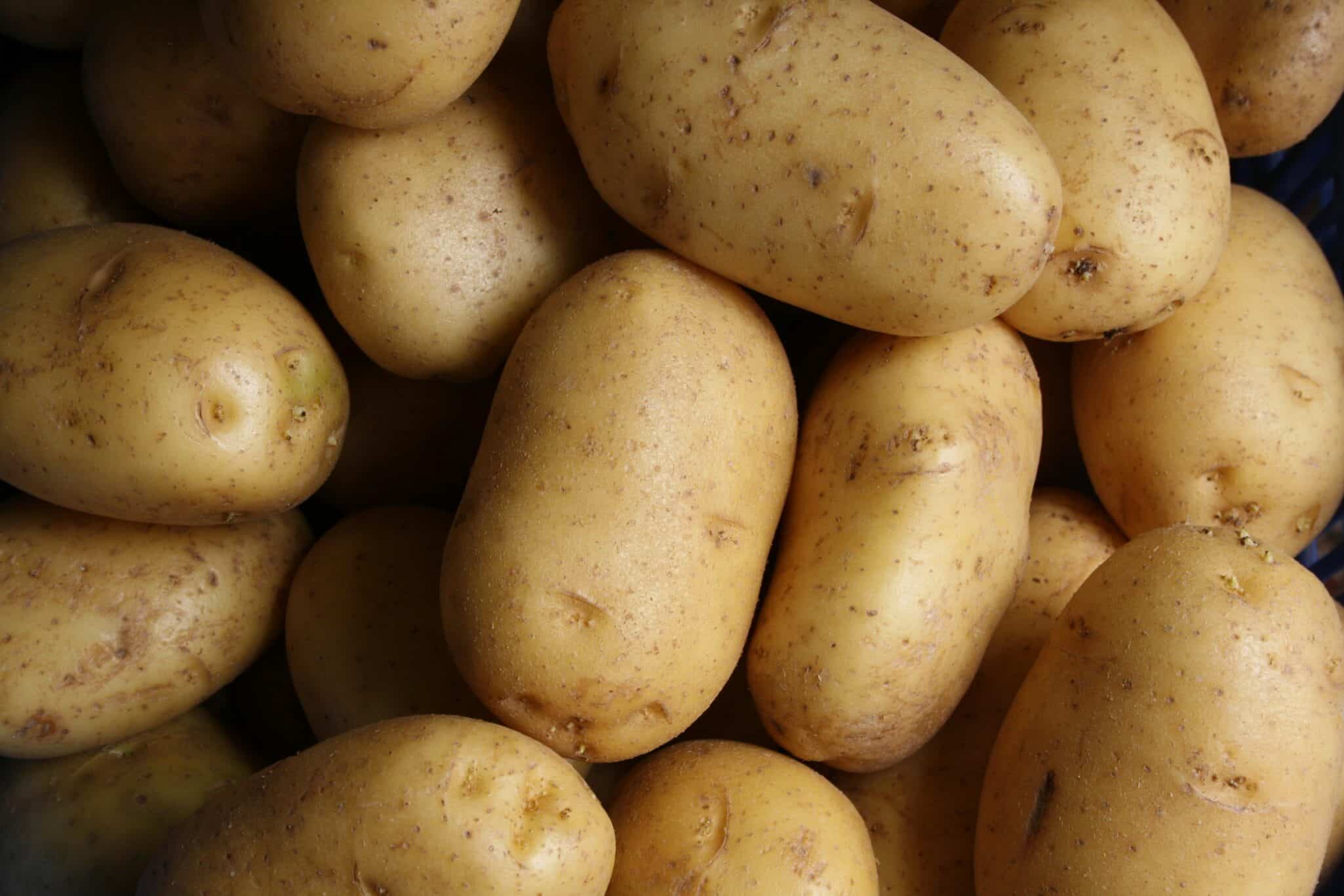Key Takeaways
- AeroStack introduces a vertical farming platform for root and tuber crops.
- Early testing indicates up to 66% CEA light energy acquisition / operating cost savings and 95% water savings compared to field farming.
- The system integrates into existing seed potato production cycles to minimize operational changes.
- Target users include research institutions, seed producers, and vertical farms.
- Strategic partnerships and licensing are part of AeroStack’s growth strategy.
Background and Development of AeroStack
Tim Joseph, founder of AeroStack, combined his academic training in Chemistry and Materials Engineering at UCLA with operational experience in a high-tech cannabis cultivation facility to inform the design of the AeroStack platform.
“The vision for AeroStack crystallized after my time overseeing operations in a climate-controlled facility,” Joseph said. “I absorbed a tremendous amount about plant behavior, environmental control, and what works and what doesn’t in CEA.”
The early phase of AeroStack’s development focused on creating a vertical system capable of supporting a novel plant growth method. Initial research and development efforts were self-funded and centered on achieving a working prototype that combined scalability, modularity, and operational efficiency.
“Our AeroStack client-NDS server platforms are inspired by the evolution of computing — specifically the shift from centralized mainframe systems to decentralized PC client-server architecture. Just as the invention of the PC unlocked flexibility, scalability, and accessibility in the computing world, we believe AeroStack represents a similar breakthrough for vertical farming. While most current vertical farming platforms still operate under a “mainframe” model — rigid, centralized, and vulnerable to single points of failure — our client-server approach offers modularity, adaptability, and resilience, paving the way for a new era of scalable, efficient crop production.” He continues.
Early Testing and Production Metrics
According to Joseph, AeroStack’s cost and production projections are based on early-stage testing results and the efficiencies built into the platform’s design.
“Our system enables perpetual, year-round production — eliminating downtime and dramatically improving output efficiency,” Joseph said.
AeroStack’s design allows multiple independent plant production layers within a single stack, powered by a single energy source. Early data provided by AeroStack indicates the potential for:
- 66% reduction in lighting acquisition and energy costs.
- Over 95% water savings compared to traditional field farming.
Full-scale commercial validation is planned as part of the company's next development phase.
Integration with Traditional Agricultural Supply Chains
The AeroStack platform was designed to integrate into existing seed potato production cycles without requiring major operational overhauls.
“With AeroStack, those same plantlets are simply installed into our vertical growth stacks,” Joseph explained.
Instead of the conventional approach involving transplanting, field harvesting, and storage, AeroStack enables continued in-place growth into Superseed tubers. This method is intended to reduce production steps, lower land use, minimize exposure to disease, and improve consistency in crop output.
Intended Users and Early Market Focus
Joseph stated that AeroStack’s initial market focus is on research institutions, seed and minituber producers, and vertical farms seeking to expand into tuber and root crops.
“Our technology represents a shift from the Neolithic-era framework of traditional farming to a modern, precision-controlled model of crop production,” Joseph noted.
The modular, portable Gen-3 Grow Stacks are positioned as suitable for:
- Research institutions developing new crop varieties.
- Seed and minituber producers focused on virus-free material.
- Vertical farms interested in diversifying beyond leafy greens and microgreens.
Strategic Partnerships and Licensing Strategy
AeroStack is pursuing strategic partnerships to support manufacturing, supply chain optimization, and international distribution.
“We're seeking partners who bring deep expertise in manufacturing, supply chain optimization, and global distribution,” Joseph said.
The company has established an intellectual property portfolio in key global markets and plans to use licensing as a major revenue stream.
“Our solutions are designed to be modular, scalable, and adaptable — making them ideal for licensing,” Joseph added.
Roadmap for the Next 12–18 Months
Looking ahead, AeroStack plans to focus on three main objectives:
- Securing manufacturing and distribution partners.
- Finalizing the manufacturing process for scalable deployment.
- Signing early commercial agreements with research institutions, seed producers, and vertical farms.
“Success also means continuing to evolve and improve our technology, staying several steps ahead of emerging challenges in agriculture,” Joseph said.
Tim Joseph aims to position AeroStack as a tool for supporting secure and efficient crop production across various agricultural sectors.


